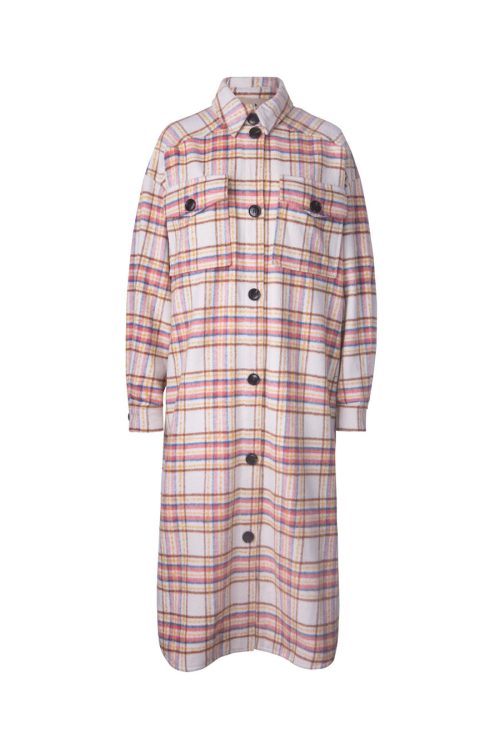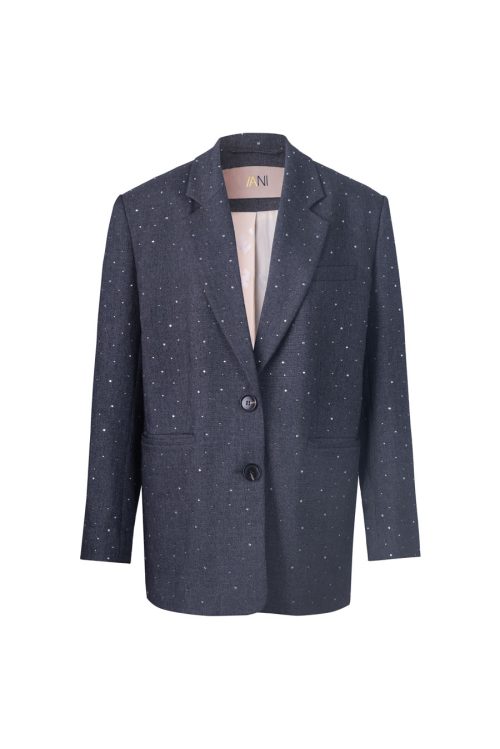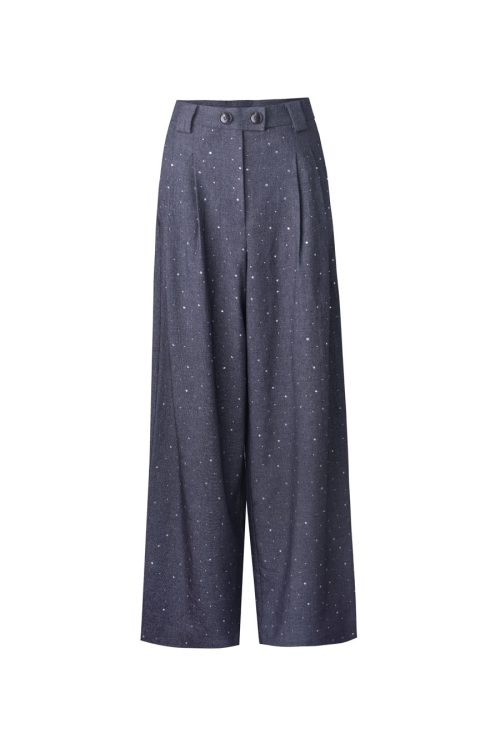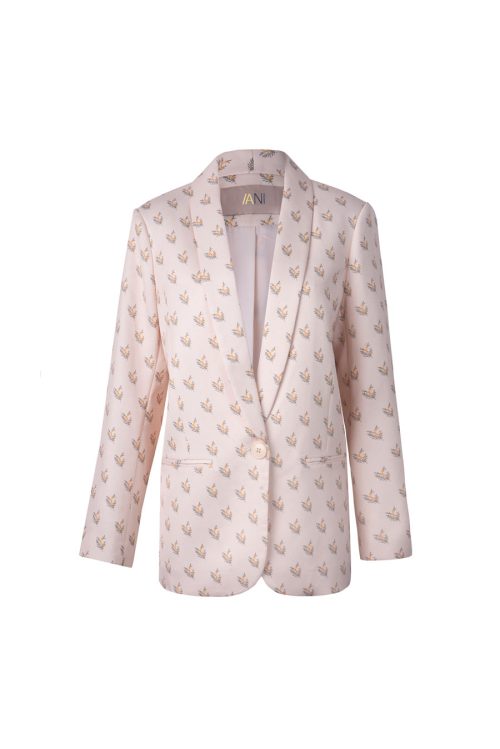
Introduction to OEM in Clothing Manufacturing
Original Equipment Manufacturer (OEM) refers to a company that produces parts or finished products for another company, under the latter’s brand name. In the realm of clothing manufacturing, OEM plays a pivotal role, enabling fashion brands to design and sell apparel without owning production facilities. This partnership allows brands to leverage the OEM’s expertise, infrastructure, and cost efficiencies, making it a cornerstone of the global fashion industry.
The Process of OEM Clothing Production
OEM clothing production is a collaborative and detailed process, ensuring that the final products align with the brand’s vision, quality standards, and market expectations. It begins with conceptualization, where brands share their designs with the manufacturer. Material selection follows, with a focus on fabrics that meet the brand’s quality, sustainability, and cost requirements. Prototyping and sampling are next, allowing brands to refine designs before mass production. Quality control is stringent, ensuring that the finished products adhere to international standards.
Benefits of OEM for Fashion Brands
OEM partnerships offer fashion brands numerous advantages. Cost-effectiveness is paramount, as brands can access the manufacturer’s economies of scale. Customization opportunities are vast, enabling brands to realize unique designs. Speed to market is accelerated, thanks to the OEM’s streamlined production processes. Furthermore, brands benefit from the manufacturer’s expertise and established supply chains, enhancing product quality and innovation.
Challenges and Considerations in OEM Clothing
While OEM partnerships are beneficial, they come with challenges. Communication barriers can arise, especially with overseas manufacturers. Protecting intellectual property is crucial, as is ensuring that the manufacturer meets all quality and compliance standards. Brands must also navigate minimum order quantities, balancing inventory management with production costs.
Comparing OEM to ODM and Bespoke Manufacturing
Understanding the differences between OEM, Original Design Manufacturer (ODM), and bespoke manufacturing is essential for fashion brands. OEM involves producing products to a brand’s specifications, while ODM providers design and manufacture products that brands can select and brand as their own. Bespoke manufacturing offers the highest level of customization, ideal for niche markets or high-end fashion, but at a higher cost and lower scalability compared to OEM.
The Future of OEM in Clothing Manufacturing
The future of OEM in clothing manufacturing is shaped by technological advancements, sustainability trends, and shifts in global manufacturing dynamics. Digital technologies and automation are streamlining production processes, enhancing precision and efficiency. Sustainability is becoming a priority, with OEMs adopting eco-friendly practices. The global landscape is evolving, with manufacturers in different regions offering unique advantages.
FAQs About OEM in Clothing Manufacturing
- How does OEM benefit small fashion brands?
- What are the key factors to consider when choosing an OEM partner?
- How can brands ensure quality in OEM-produced clothing?
- What role does technology play in OEM clothing manufacturing?
- Can OEM manufacturing be sustainable?
- How do OEM partnerships impact the fashion industry’s future?
Conclusion: Maximizing the Potential of OEM Partnerships
OEM partnerships offer a strategic advantage in the competitive fashion industry, allowing brands to leverage manufacturing expertise, reduce costs, and accelerate product development. Successful OEM relationships are built on clear communication, mutual respect, and a shared commitment to quality and innovation. As the industry evolves, those who harness the power of OEM in clothing manufacturing will lead in delivering fashion that meets the demands of modern consumers.




